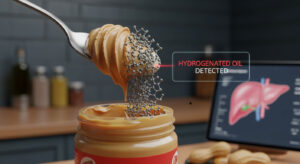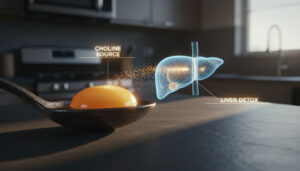Neuroblastoma – a rare cancer of the developing sympathetic nervous system, is derived from the neuroblasts. The incidences of childhood cancer in India are lower than that in developed countries. Yet, considering that a new life is battling for its survival, 30 to 124 cases per 10 lakh children is not an insignificant number. Neuroblastoma is a solid tumour in children that often originates from the adrenal gland and spreads around the spine, chest, abdomen, bone marrow and liver. In very rare cases, the cancer spreads to the skin during infancy. This neoplasm is mostly asymptomatic, but widespread at the time of birth








